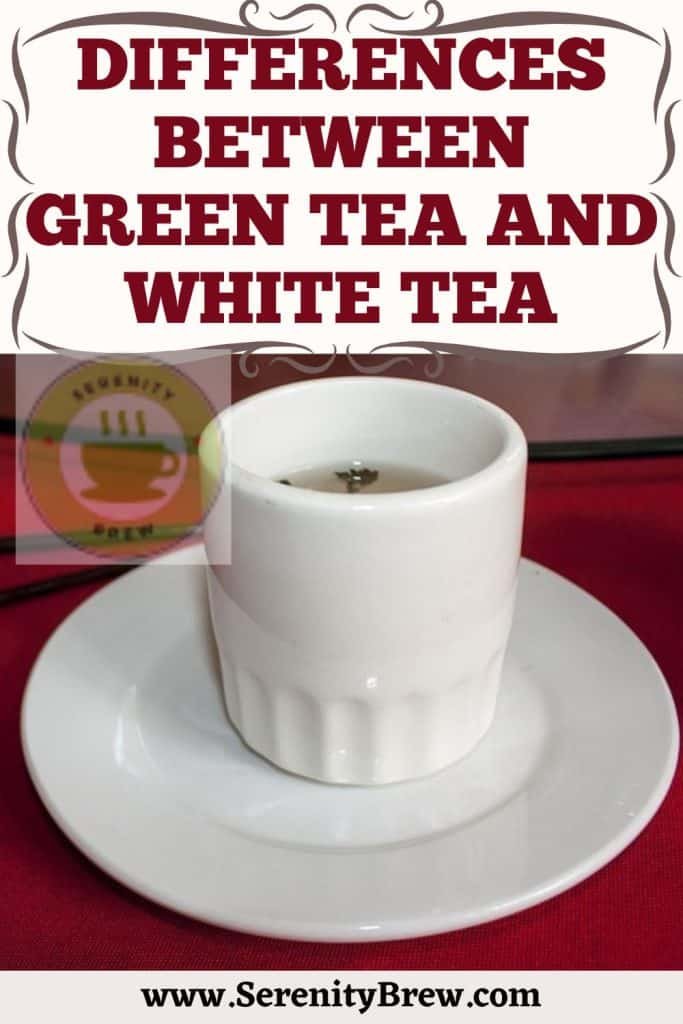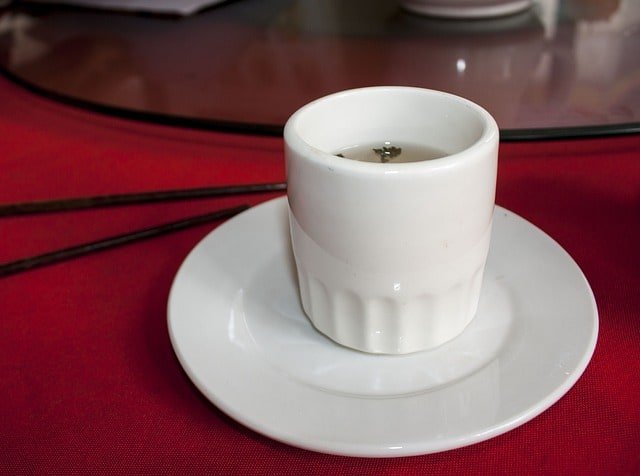
Many people are surprised when they discover that all teas (white, green , oolong, black , red ) come from the leaves of the same tree. But it is so, all these varieties come from Camellia sinensis and although the climate and soil influence the final flavors, what really determines the variety of a tea is the processing system that the leaves undergo.
The determining factor that will make a tea white, green, oolong (blue), black or red is oxidation .
We frequently observe this process in fruits: peeled bananas and apples quickly take on a dark tint in contact with air. This phenomenon is an oxidation that occurs between some compounds in the fruit and oxygen, brought about by light. The product obtained is brown in color, hence the change in appearance.
Making it very simple, in fruits the process is:
Colorless molecules (phenols) + oxygen + light >> brown molecules (quinones)
In tea, the process is very similar, but the molecules that are oxidized are more varied.
Oxidation colors from white to black
The oxidation process when making tea can be highly controlled, in fact the techniques have been known for centuries.
Changes in temperature, light or humidity are used to stop it when desired and obtain the required tea.
In this table we see in a very simplified way what are the processes that the leaves undergo to obtain each type of tea.
As can be seen, white tea is the one that suffers the least oxidation and black tea the one that results from the highest oxidation.
Red tea (pu-erh) appears at the end of the table. We will talk about this variety in another article, but suffice it to say that it is not the “most oxidized tea” but rather undergoes a separate process called fermentation.
Is white tea or green tea better?
This is a frequently asked question among people who want to learn more about tea.
For what is explained in the previous paragraph is equivalent to asking: “oxidation, is it good or bad for tea?”
Well, the answer is that it is good or bad depending on the properties that are desired in the tea.
Oxidation can be good: for example, tea leaves contain compounds called catechins that, when oxidized, produce theophylline (widely used to treat asthma) and caffeine (an excellent stimulant).
So if we want a tea that contains a higher concentration of any of them, a more oxidized tea will be better.
Oxidation can also be a drawback: tea leaves contain, in addition to catechins, substances called polyphenols that we have mentioned in other articles. Both are important antioxidant agent. As the tea undergoes a more intense oxidation process, these compounds decrease in concentration.
Therefore, green tea has more antioxidants than black tea, but less caffeine and theophylline.
However, the amount of antioxidants in the tea leaves is so great that they never fully oxidize, so black tea still contains a good amount of them and is therefore very beneficial for health.
This comparative table shows the differences between white tea and green tea:
| GREEN TEA | WHITE TEA |
| * It is obtained from the leaves of the tea tree that are harvested very fresh in the morning, several times a year. | *It is obtained from the very young leaves of the tea tree, which have a white hair that covers them. |
| * Produced in large quantities. | * Its production is scarcer, so its consumption in the West is not as well known and its cost is higher. |
| *Freshly harvested leaves are subjected to heat to stop oxidation. They roll up and dry. | *Very delicate processing. The leaves wither in the shade under very controlled conditions. Then they dry up. Thus oxidation is reduced to the minimum possible. |
| * Its processing is slightly higher. | *Minimal processing to prevent oxidation. |
| * It has a very pleasant herbal flavor to the palate. | * The taste may be bland at first but then leaves a sweet and very subtle taste on the palate |
| *One cup contains about 20mg of caffeine. | * One cup contains about 15 mg of caffeine. |
| * It has antibacterial and antiviral properties but lower concentration of antioxidants. | * The antiviral and antibacterial properties are greater due to its high concentration of antioxidants. |
| * It is preferred in diets to lose weight since the concentration of caffeine and its stimulating power would help the action of the diet | * Its protective effect on the cardiovascular system would be greater due to the high amount of catechins and polyphenols. |
In conclusion

Both green tea and white tea have less caffeine than black tea or coffee. White tea contains the least amount.
A study published in “Molecular Nutrition and Food Research” in 2007 found that adding lemon or soy milk to green tea increases the body’s absorption of its antioxidants.
The US National Cancer Institute reported that hot tea has higher concentrations of polyphenols than iced or bottled varieties.
Considering that white tea can be difficult to find in non-specialized stores, green tea is the most recommended option .
